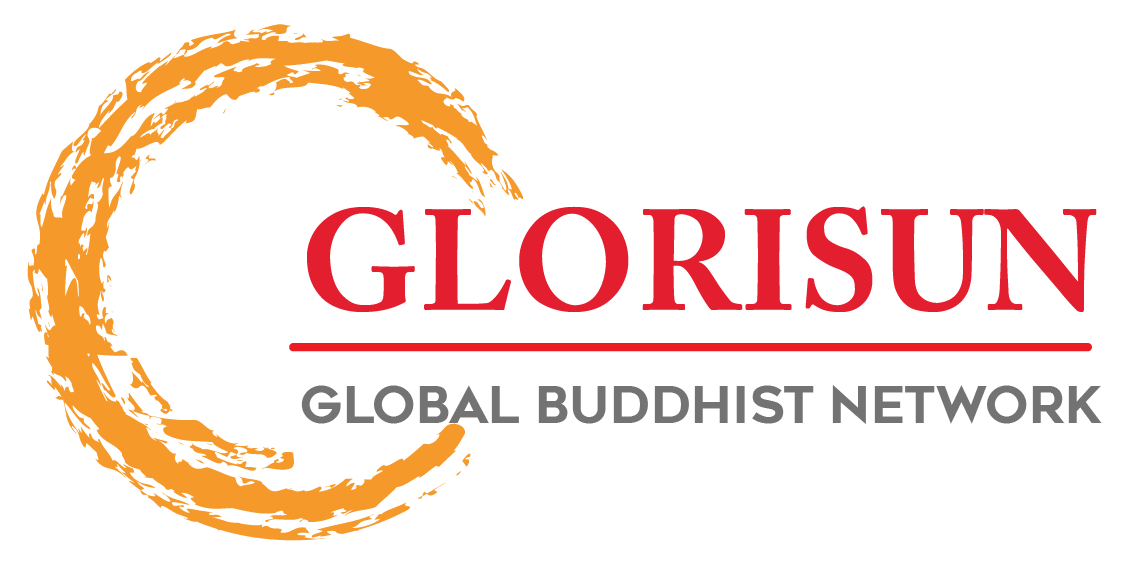Click here return to the Hualin main page.
Click here return to the Hualin E-Journal Vol 7.1 Table of Contents page.
Hualin International Journal of Buddhist Studies 7.1 (2024): 190–239; https://dx.doi.org/10.15239/hijbs.07.01.06
(This article belongs to the Special Issue Buddhism and Science, Transmission of Buddhism: Locality and Globality)
The Three Truths as Madhyamaka Exegesis: Tiantai and its Relationship to the Thought of Nāgārjuna
Jackson MACOR
University of California, Berkeley
jmacor@berkeley.edu
Abstract: The approach to Buddhist thought and practice developed by the Sui 隋 (581–618) dynasty exegete and meditation master Tiantai Zhiyi 天台智顗 (538–598) has long drawn the attention of scholars for its philosophical sophistication. A key element in Zhiyi’s system that has been used to represent his distinctive approach is the notion of the three truths (Ch. sandi 三諦), comprised of the conventional truth of the provisional (jia 假), the ultimate truth of emptiness (kong 空), and the truth of the middle (zhong 中) that affirms the perfect identity between the prior two. While this paradigm has been interpreted by some as superseding the two truths (erdi 二諦, Skt. satyadvaya) as inherited from Indic texts, I argue that such an assessment rests upon problematic assumptions concerning the role of the two truths in the thought of Nāgārjuna (ca. 150–250), and that without these assumptions, Zhiyi’s notion of the three truths can be seen as recovering and building upon important implications already present within Indian Madhyamaka.
Keywords: Madhyamaka, Tiantai, Two Truths, Three Truths, Zhiyi, Nāgārjuna, MMK 24.18
About the Author: Jackson Macor is currently a Ph.D. candidate in the Group in Buddhist Studies at the University of California, Berkeley specializing in the reception of Madhyamaka thought in East Asia. He previously received a B.A. in Mathematics, a B.A. in South Asian Languages and Civilizations (2017), and an M.A. in Divinity (2020) from the University of Chicago, supplemented by language study in India and Japan. His doctoral research is focused on the writings of the Sui dynasty exegete Jizang (549-623). He currently resides in Tokyo, Japan as a research fellow at Komazawa University.
This is an open access article distributed under the Creative Commons Attribution License which permits unrestricted use, distribution, and reproduction in any medium, provided the original work is properly cited.
